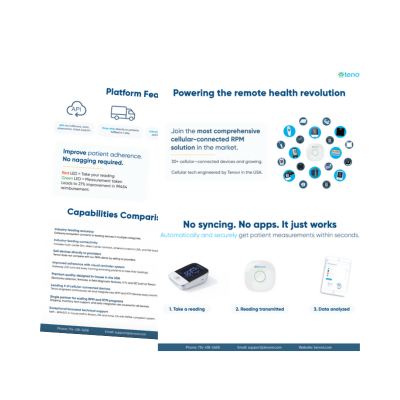As states explore new ways to improve chronic disease management for underserved populations, Medicaid remote monitoring continues gaining momentum. While over half of Medicaid programs now reimburse for remote patient monitoring (RPM), many restrict its use to specific conditions, device types, or provider settings. Still, diabetes management stands out as one of the most promising applications for Medicaid remote monitoring, offering patients real-time support from home while helping providers close costly gaps in care.
This article reviews a study examining the impact of remote monitoring on diabetes control among Medicaid beneficiaries. The research highlights patient adherence, blood glucose trends, and the influence of monitoring timing.
Diabetes by the Numbers
The CDC reports that 37.3 million people, roughly 11.3% of the U.S. population, have diabetes. Among them, 28.7 million cases are diagnosed, while 8.5 million remain undiagnosed. That’s nearly a quarter of adults with diabetes who are unaware of their condition. Medicaid enrollees face added risks, including limited access to consistent care and higher rates of hospitalization for uncontrolled diabetes.
Medicaid remote monitoring enables the daily transmission of vital signs, such as weight, blood pressure, and blood glucose, from a patient’s home to their care team. This data allows providers to monitor changes in real time and intervene when necessary. When applied consistently, this approach can help reduce ER visits, prevent complications, and improve clinical outcomes for Medicaid patients managing chronic conditions like diabetes.
While more than 50% of state Medicaid programs provide reimbursement for RPM, there are regulations governing its use. The Center for Connected Health Policy lists states that offer some form of Medicaid reimbursement for RPM and telehealth. Despite restrictions in some states, Medicaid remote monitoring is increasingly seen as a cost-effective way to promote adherence and prevent avoidable hospitalizations.
Medicaid Remote Monitoring Study Overview
This study reports on patients with diabetes and their daily Medicaid remote monitoring protocols in adherence, glucose control, and patient engagement. In addition, the correlation between adherence, blood glucose level variations, and the impact of testing time data were analyzed. Included in the study were 382 predominantly urban Medicaid patients from south Texas.
Patients were separated into adherent (transmitted data on at least 120 of 150 days) and non-adherent cohorts. Blood glucose changes were analyzed based on testing times, with the adherent cohort, comprising 48.7% of the participants, displayed a transmission rate of 86.3% compared to the 36.9% rate in the non-adherent group.
Adherent patients showed a decrease in mean blood glucose levels by an average of 9 mg/dL over 5 months. Variability in blood glucose levels improved by 3 mg/dL. This data highlights the feasibility of sustaining patient engagement in Medicaid remote monitoring interventions.
Key Findings in Medicaid Remote Monitoring
The study concluded that Medicaid remote monitoring can effectively manage diabetes in patients by improving adherence rates and glycemic control. While adherence calls boosted engagement, some patients still struggled with regular data transmission. This highlights the importance of simplifying technology, offering tech support, and using culturally appropriate outreach for Medicaid populations that may face digital or language barriers.
Scroll down now to subscribe to Tenovi’s Weekly Research Round-Up. If you are part of a chronic care management, telehealth, or RPM software and services company, explore Tenovi RPM solutions. Book your free demo and consultation with us today.


